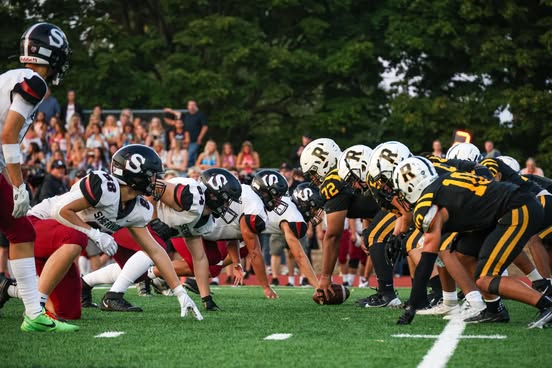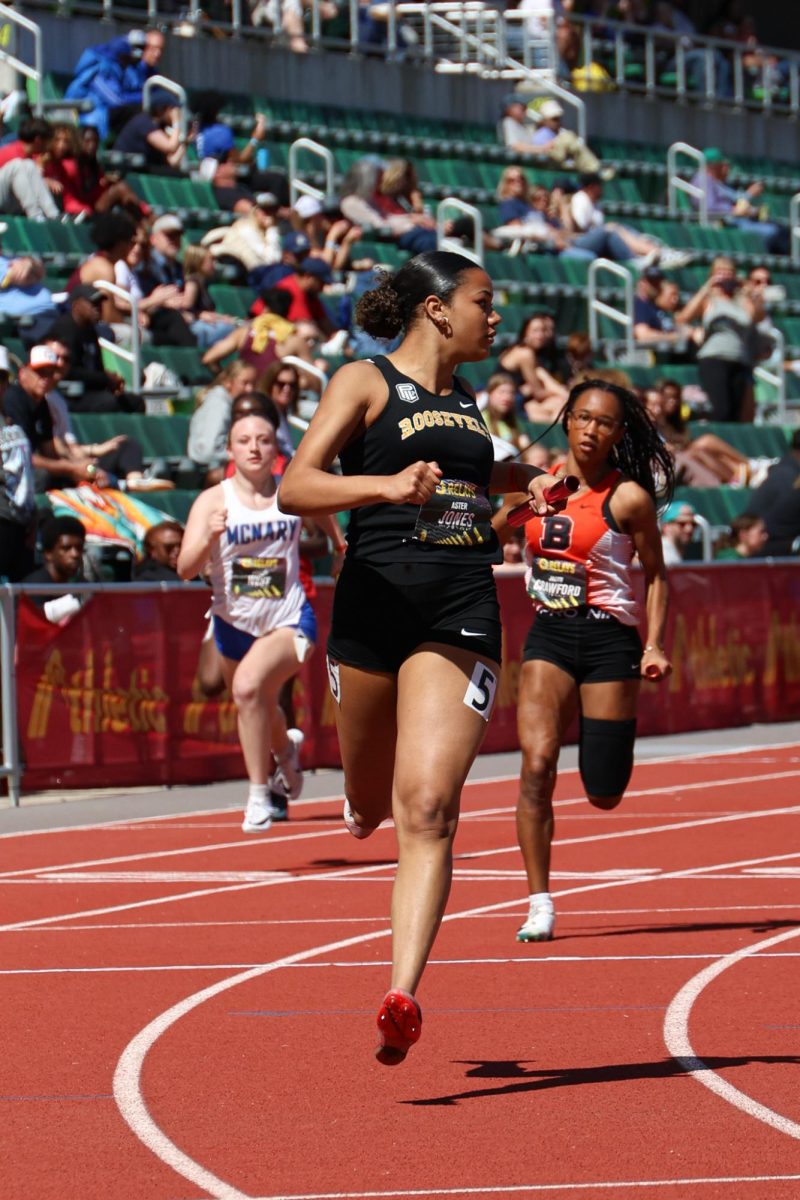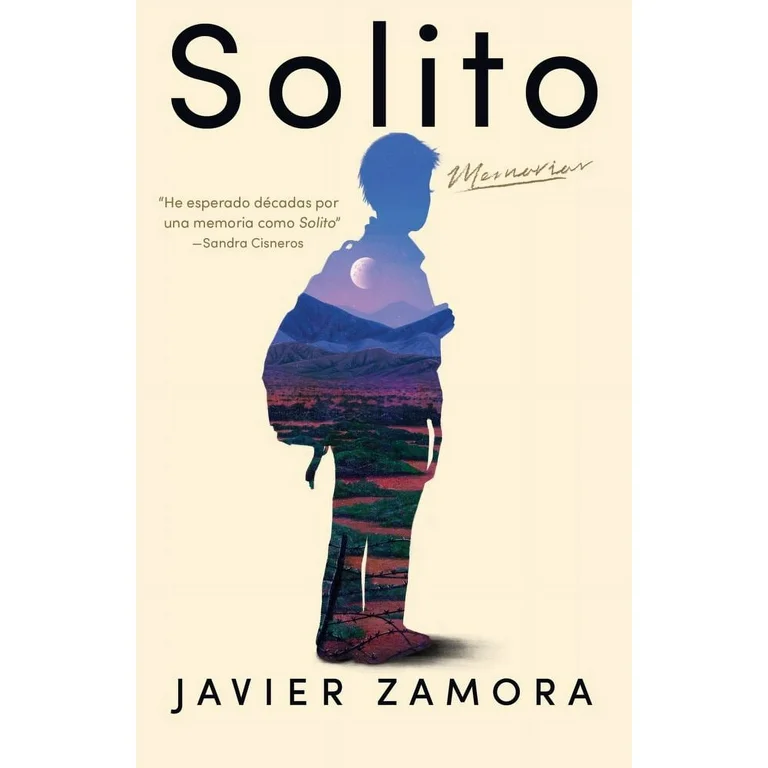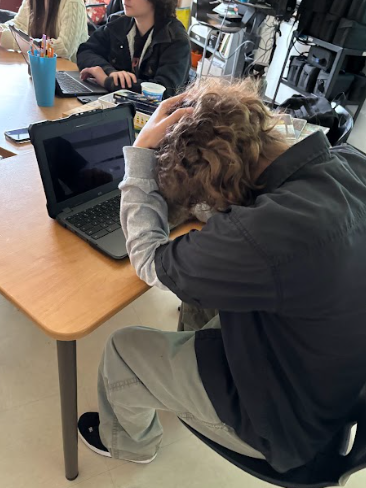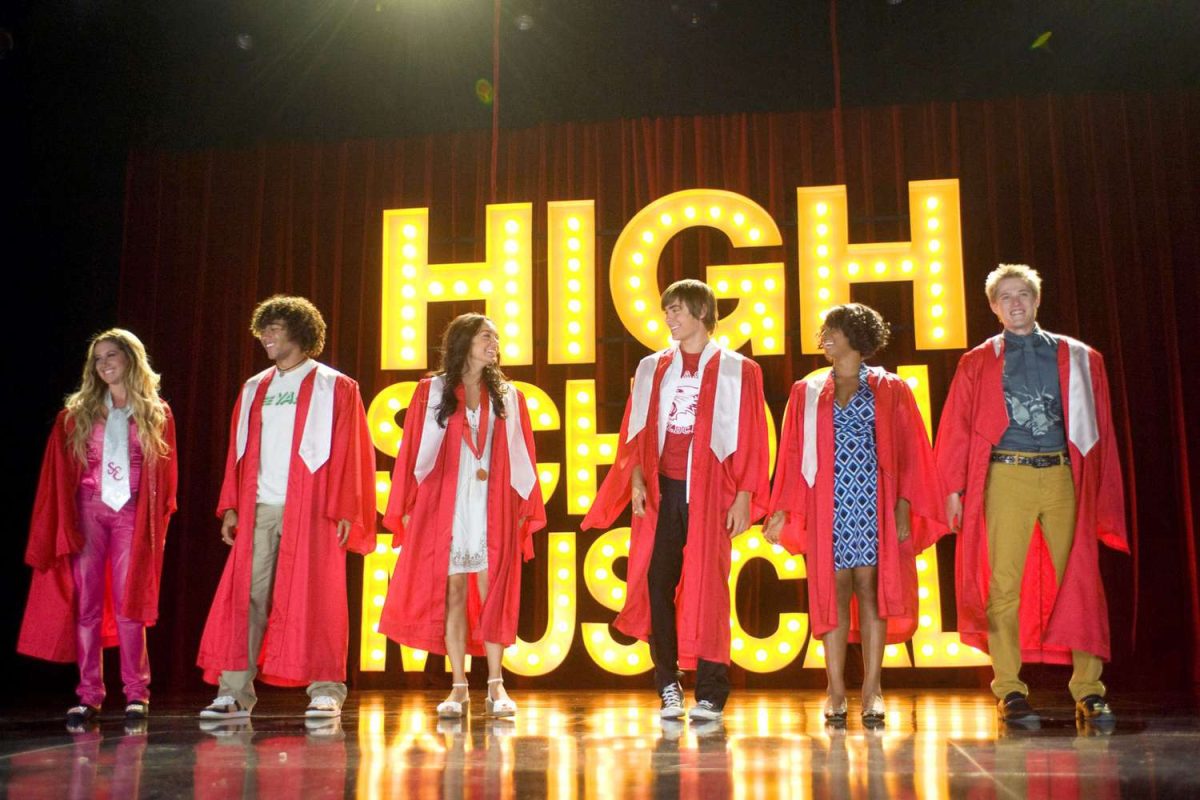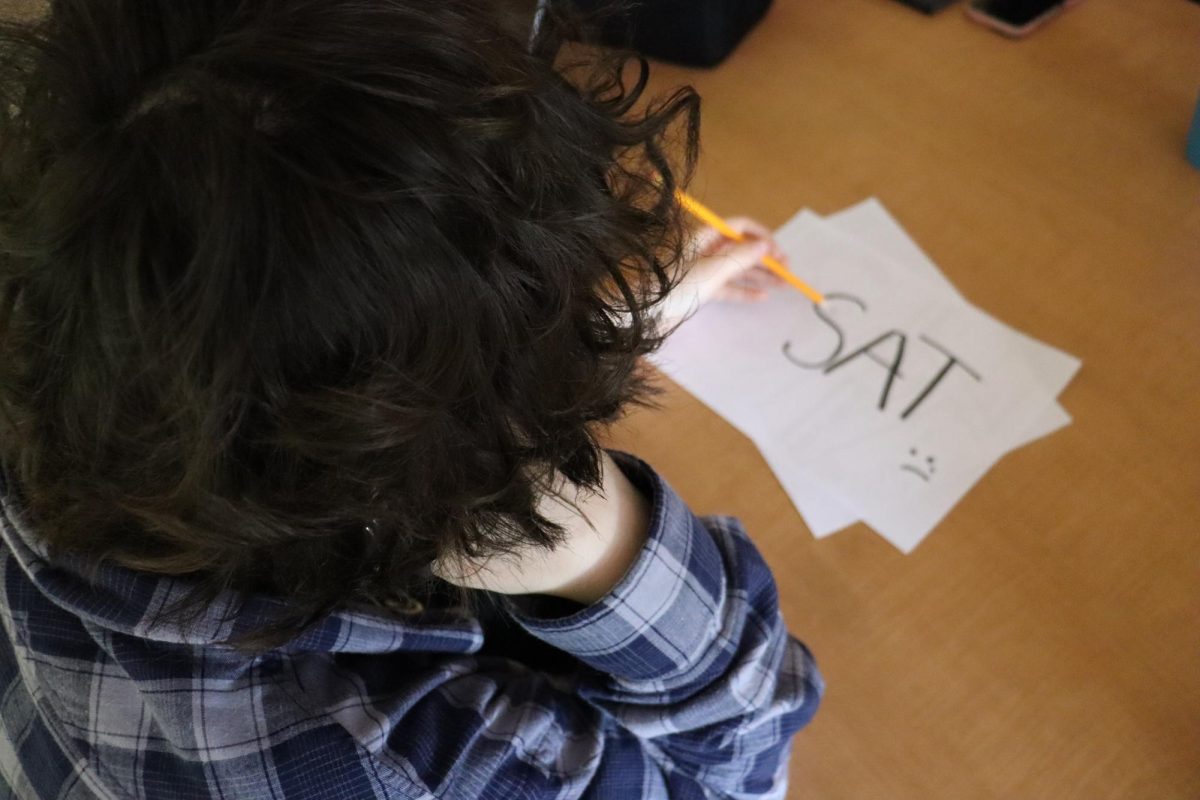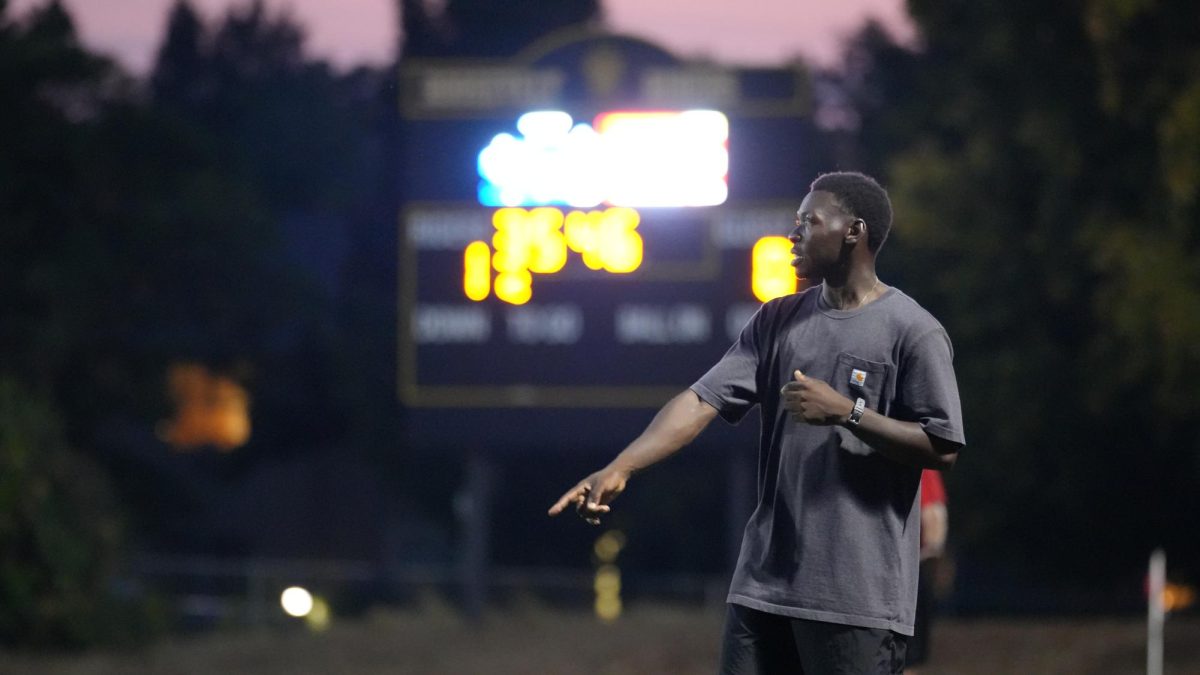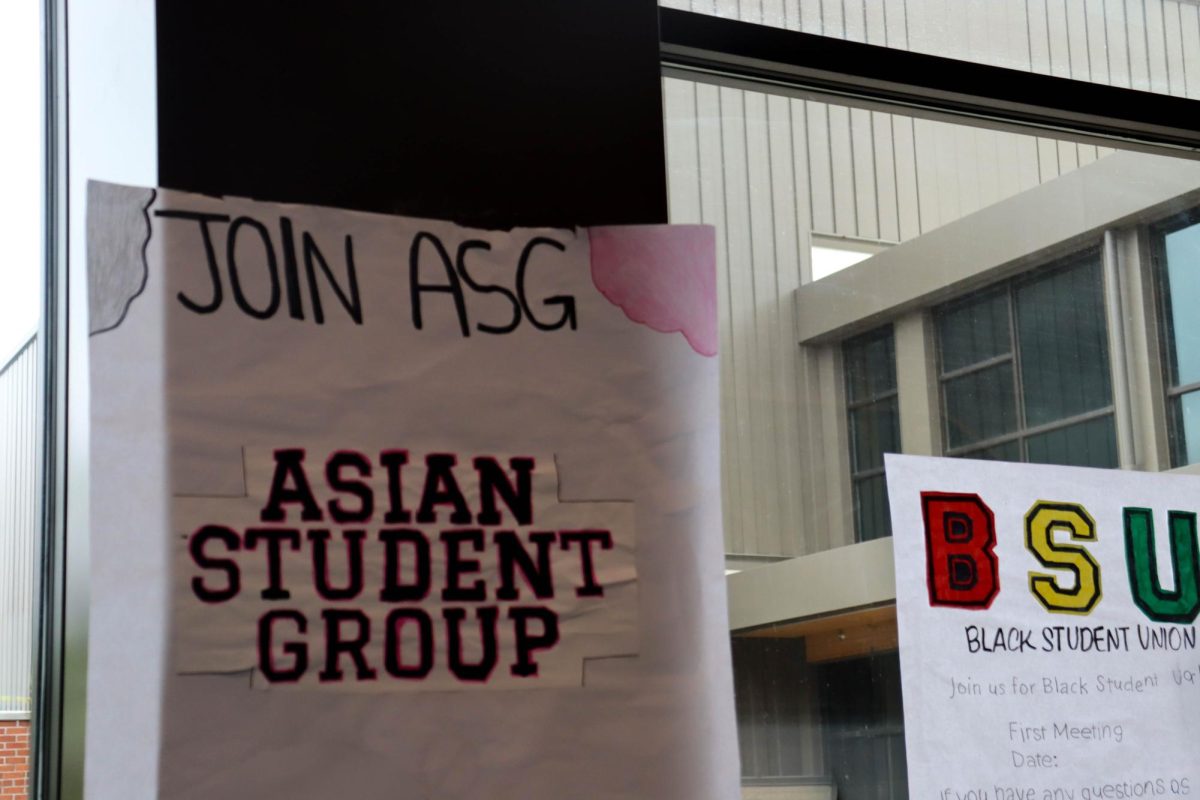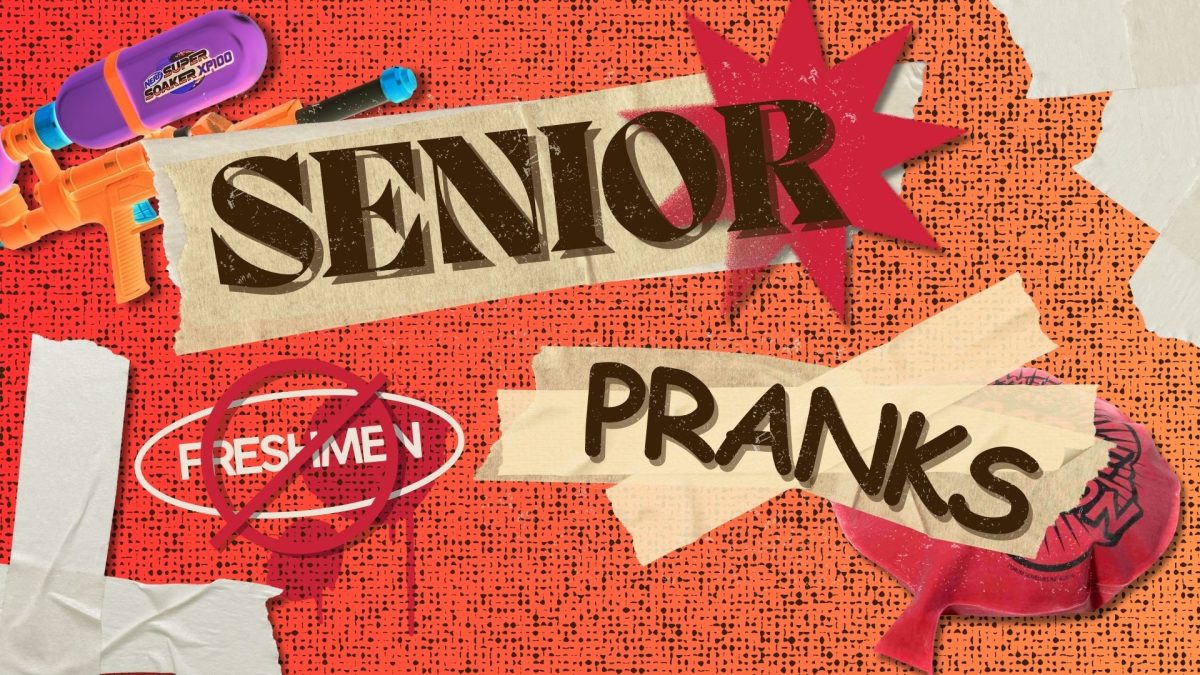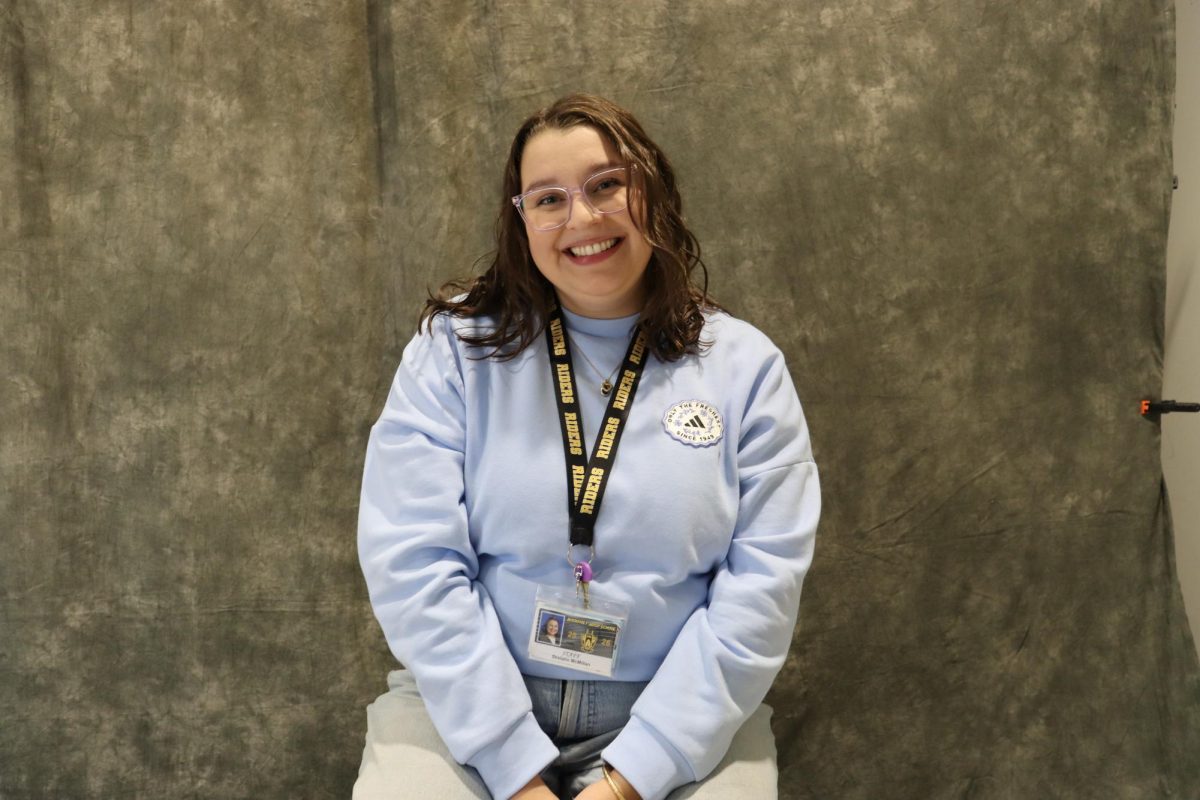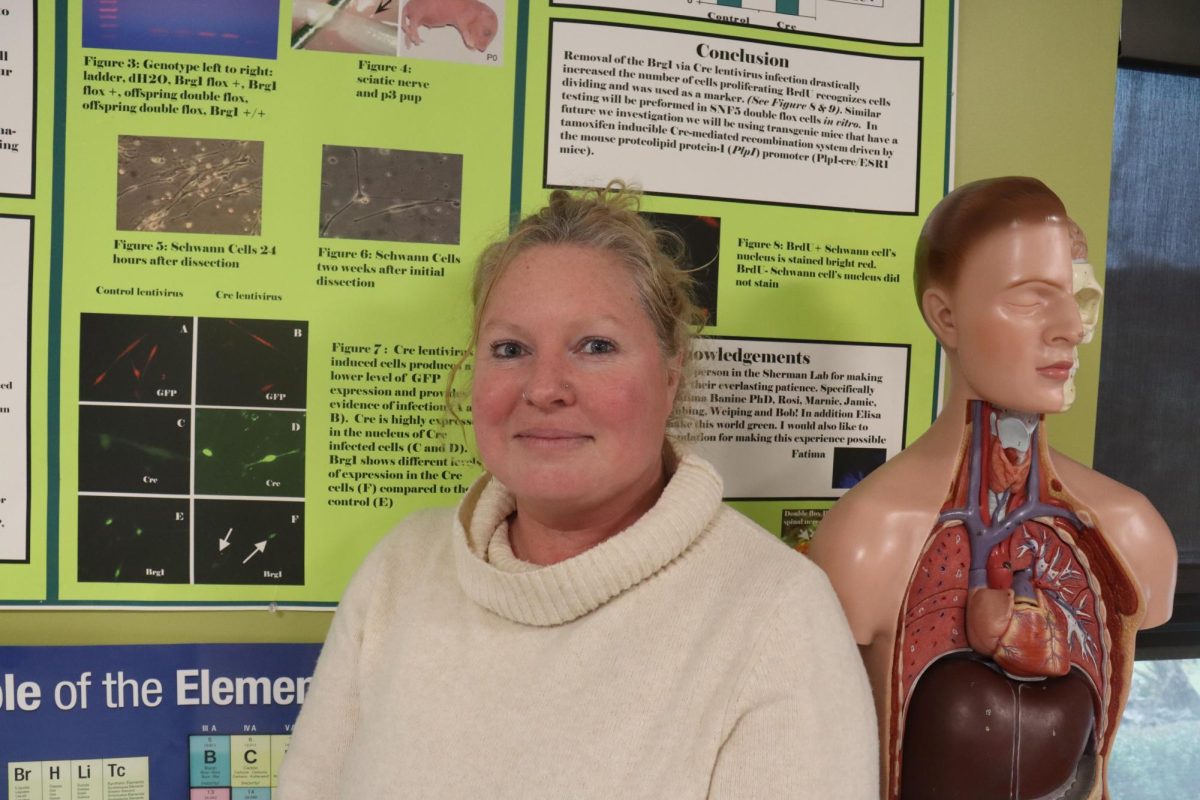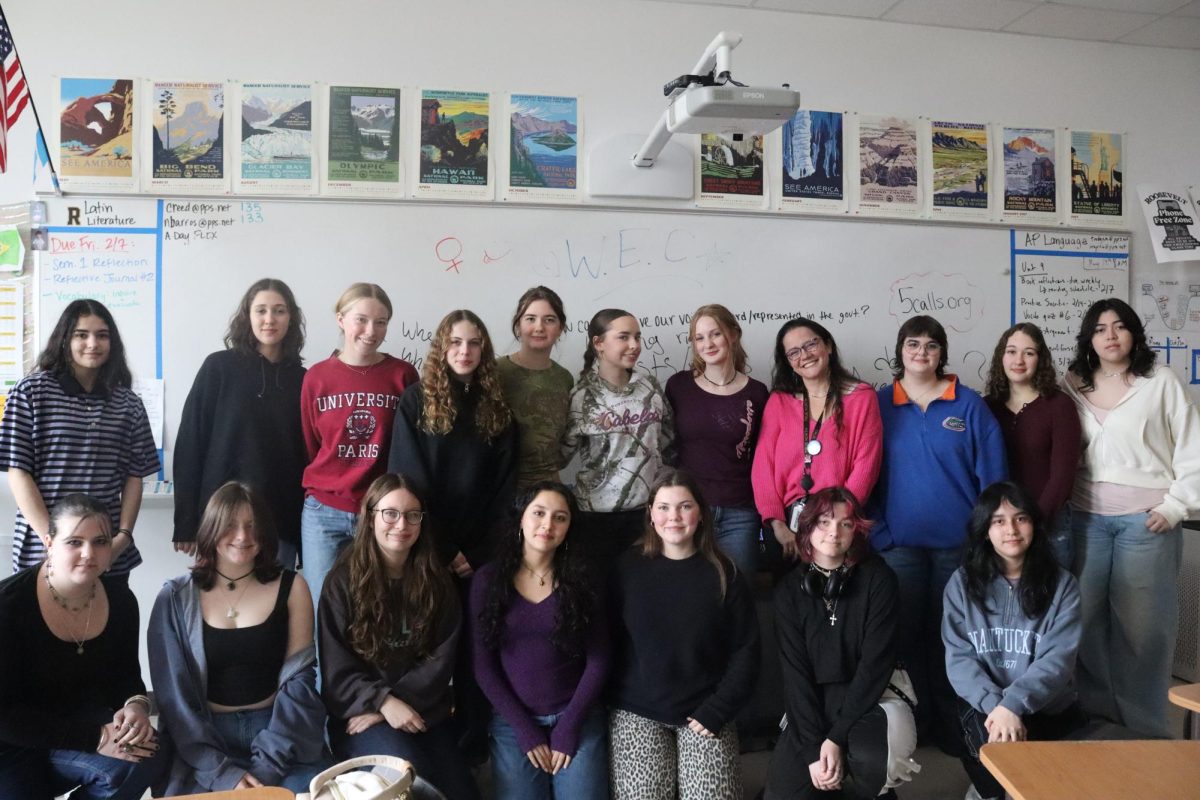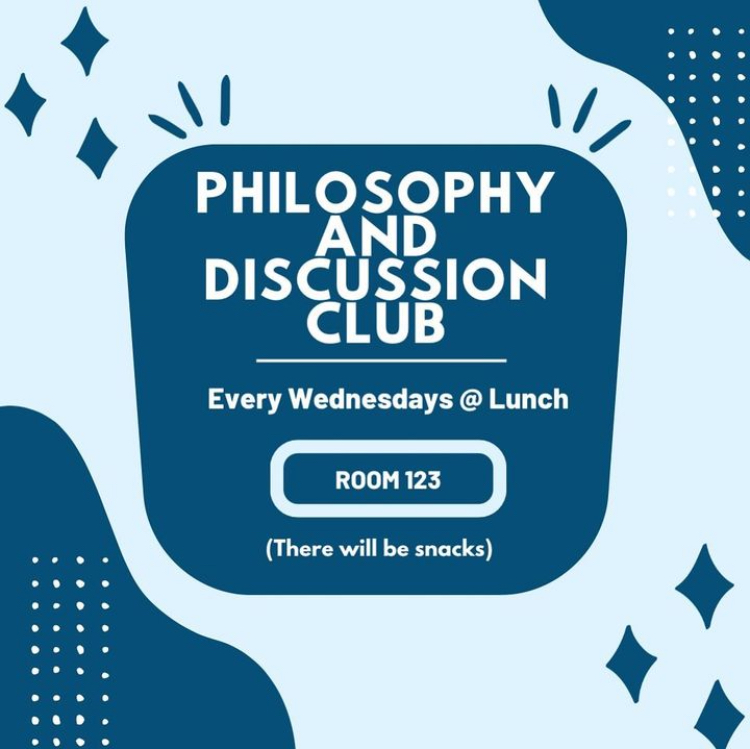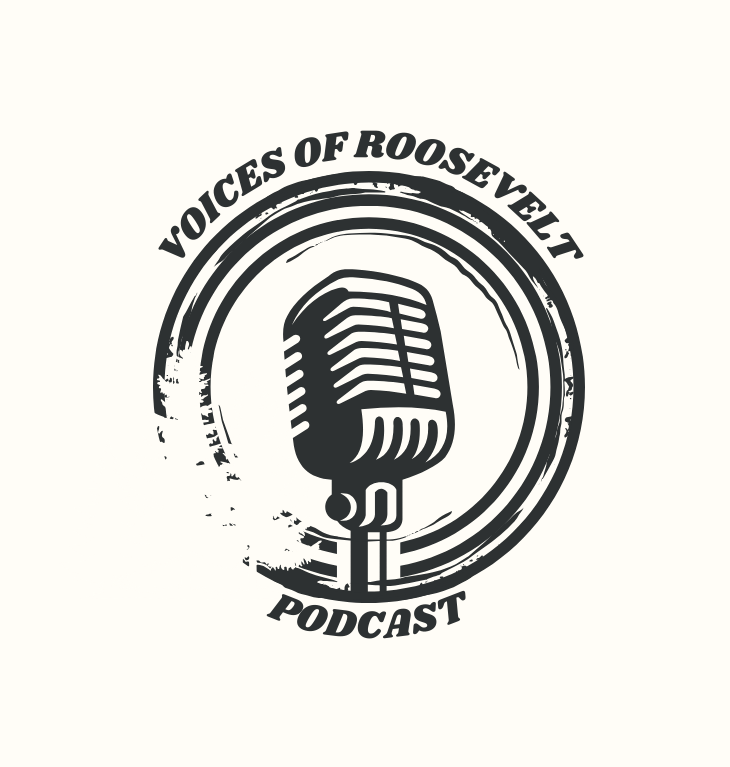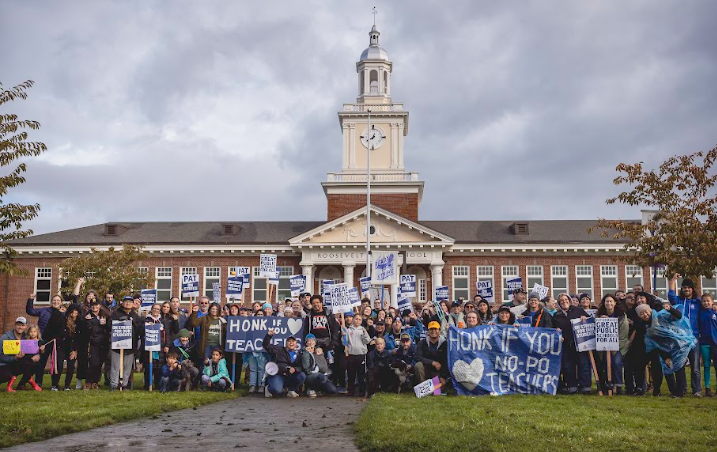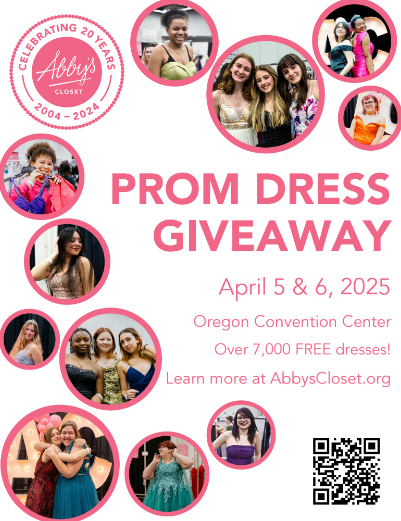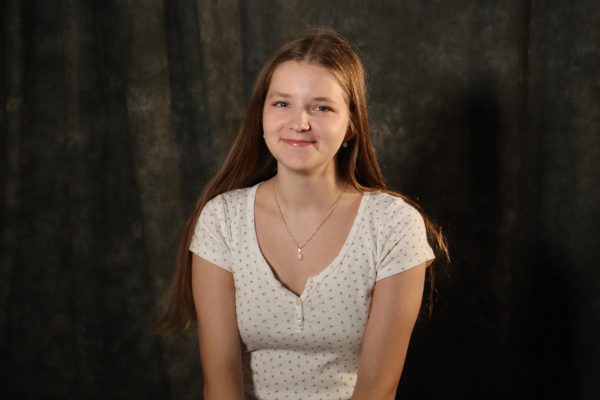This year we truly had a no school November, after 11 instructional days off students walked into school buildings for the first time since Halloween due to the first ever teacher strike in PPS history. A tentative deal between PAT (Portland Association of Teachers) and PPS (Portland Public Schools) was ratified on November 28th, meaning schools are officially back in session for the rest of the year. Students were notified on Sunday evening, November 26th, through the Trivory app, about coming back to school that coming Monday on a late start schedule, and about the makeup days added to the calendar.
With 93.4% of union members voting, and 94.7% voting to ratify the agreement, a new contract has been signed by PAT. Within the new contract, teachers have gained better language around class sizes and caseloads, more mental health support for students, better temperature and mold control, and a 13.75% cost of living adjustment or COLA, among other things. Union representative and Roosevelt science teacher Chris Schweizer explains his thoughts on the new contract; ““I believe the new contract secured by the Portland Association of Teachers presents several strides forward in providing educators and students with working and learning conditions that better serve their needs. One example of this is new language in Article 9 that allows a safety committee of educators to hold the district accountable with respect to issues like overheated classrooms, mold, and rodent infestations. Another example is the new special education article, which allows educators to get contractual relief when their students’ rights are being violated by district managers. Finally, it provides mechanisms to reduce class sizes so students can get the feedback and attention they need and deserve. Despite the huge wins, the return to work agreement that forced teachers to come back to work with no planning time was very hard on a lot of people. Student feedback showed that adding a week of school to winter break was not good for students. The return would have been easier and the strike could have also been much shorter if managers and school board members had been willing to listen to the community. Despite the challenges of the strike and the return to school, I believe that this strike will have not only a positive effect on students in PPS schools, but also across the whole state. There is a renewed push for greater school funding after the strike that will likely lead to better outcomes for kids in all of Oregon.” While not every element of the PAT’s original asks where met, significant progress and improvement was made.
Said improvement wasn’t made without students facing significant losses in terms of their own schedule and education over the strike. On the 26th of November students were made aware of their makeup days which includes cutting their winter break in half, turning the week of the 18th-22nd of December into a school week. This decision has faced backlash from students and teachers alike, as many had plans to go out of town or travel that they cannot cancel.
A student from McDaniel High School named Jorge Sanchez Bautista who throughout the strike was heavily involved with the PAT, from leading chants at rallies, to being a voice representing students, found out about the deal reached between PAT and PPS, he created two surveys, the latter of which had more than 5000 student responses in the span of two days. Bautista explained that the second survey “was asking students how they wanted to make up for the lost time, as the school district wasn’t asking us what we wanted, so I did.” Some of the ideas in the survey included adding fifteen minutes onto each school day, and having school on MLK day, and having an extra week of school in June. The PPS School Board, after Bautista spoke to them during a conference, decided to still go through with the plan. Ignoring the concerns of thousands of PPS students. Bautista unpacks that “I knew I did something and I was proud of myself and the thousands of students who voiced their concerns, but in the end, it wasn’t enough. I just know that me and PAT fought hard; it’s just the school district that didn’t want to listen to us. “
Many high schoolers have also reported concern about how the loss of school days in November will affect their preparedness for AP tests. Seniors also had the challenge of tackling college applications without teachers help, and the inability to talk to teachers about letters of recommendation.
When talking to Angela Bonilla, the president of the PAT, about her thoughts on how the community is reacting to the strike during an interview held at the November 1st all-district rally at RHS. She said, “The Oregon Education Association did a statewide survey, and almost 90% of families are in support of educators going on strike to reduce class sizes, to get appropriate compensation, and to get additional planning time. So the things that we’re fighting for, we know our community is behind us on, and the reason that’s so important is we’re fighting for the things our community and our students need. We know–and what we’ve seen across the country is–that when we fight for things that maybe aren’t mandatory to bargain about but are important to our work, the community stands behind us and that’s how we win, with that community support. We put our hearts into this work, and it’s good to feel that [PPS families] love us as much as we love them.”
Now as the strike has ended and school and work is becoming the norm again over picket lines and extended weekends, there is a lot to reflect on and a lot to see play out. Adjusting back to school has been difficult, exciting, terrifying and celebratory. The effects of such an event are ongoing as students, faculty, parents, friends, and neighbors, have all lived through the very first teacher strike in PPS history.

